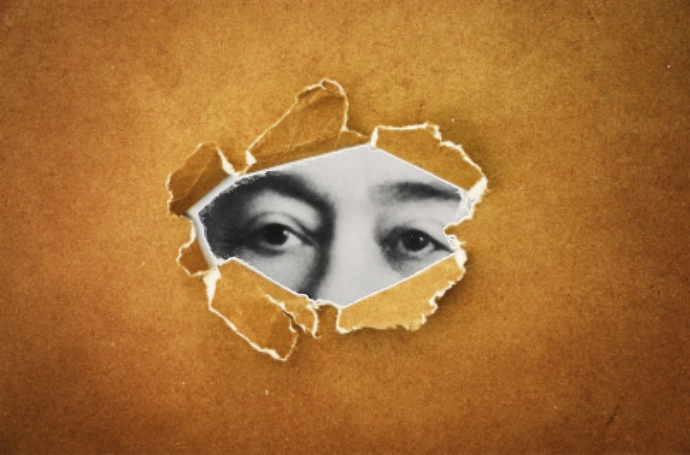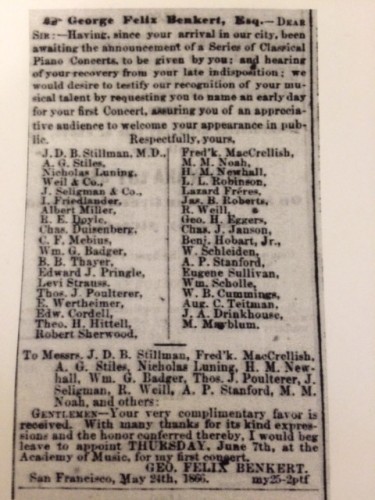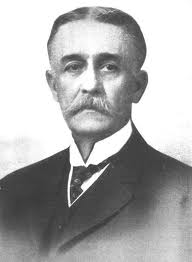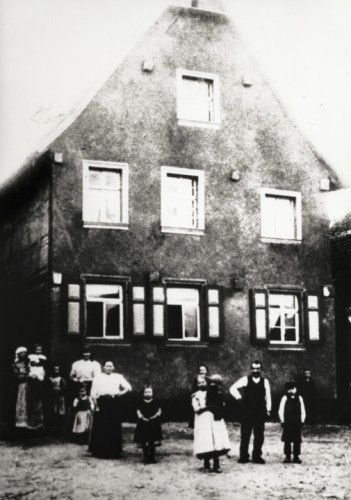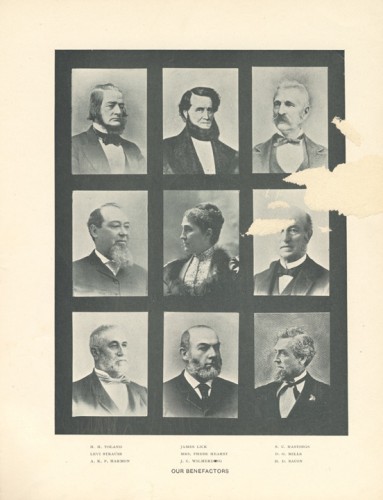March 4, 2015
Last week we commemorated the 186th birthday of our founder Levi Strauss by announcing a grant in his honor in support of The Pollination Project. We know Levi was a dedicated philanthropist. Giving back, though, was but one of his many interests.
Here are five little-known facts about Levi Strauss:
- Levi seems to have been a music lover. By the 1860s, less than twenty years after the Gold Rush saw scruffy miners wandering its muddy streets, San Francisco was the kind of place where important artists and performers wanted to go. One of them was George Felix Benkert, a composer, pianist, and soon, one of John Philip Sousa’s teachers (Sousa wrote famous American songs such as “The Stars and Stripes Forever”). Benkert arrived in San Francisco in May of 1866 and was expected to give a piano concert, but came down with a mysterious illness. While he recuperated, a contingent of businessmen placed an ad in the Daily Alta California newspaper, congratulating him on his recovery and asking him to “. . . name an early day for your first Concert, assuring you of an appreciative audience to welcome your appearance in public.” Among the signatories was Levi Strauss, who was very likely in the audience at the Academy of Music, on Pine and Montgomery streets, at Benkert’s June 7 concert.
- Levi knew a good architect when he found one. In 1899 he hired famed local architect Albert Pissis to design an addition to the company’s headquarters on Battery and Pine streets in San Francisco. Pissis was born in Mexico and came to San Francisco around 1858. He designed a number of homes and commercial buildings in the city, and was instrumental in helping rebuild San Francisco after the 1906 earthquake and fire. In fact, Levi’s nephews, who inherited their uncle’s business when he died in 1902, hired Pissis to design a new factory at 250 Valencia Street, after the original facility burned down.
- Growing up, Levi shared a 645 square-foot space with eight people. Within a decade after his 1853 arrival in San Francisco, Levi’s business was prosperous enough for him to live in an elegant home in one of the city’s equally elegant neighborhoods. He shared the home with his sister and her family. But it’s unlikely he could ever forgot the way they had lived in the Bavarian city of Buttenheim.Levi was born on the ground floor of 83b Marktstrasse in 1829; another family lived on the upper floor. The Strausses shared a total of three rooms. There was a large living room, which was the only part of the house that was heated, probably with a fireplace. Next to it was a sleeping chamber or possibly another living room, and the house also had a small kitchen. The children probably slept two or three to a bed, on mattresses made of straw covered with calico or other simple fabric. All told two adults and seven children shared about 645 square feet (60 square meters) of space. Levi lived in the house until 1848, when his family emigrated to America. The building is now the Levi Strauss Museum.
- Levi was very concerned about the education of young people in the San Francisco area. So in 1897 he donated money to the University of California at Berkeley, across the bay from the city. The money was to match the 28 scholarships established by California’s legislature and covered more than 1/3 of a student’s expenses. The first Levi Strauss scholarships were awarded in the spring of 1898, with half of them going to women. The first recipients surprised Levi at his home one evening in March to present him with a plaque, thanking him for his generosity. The Levi Strauss Scholarship is still in place today at UC Berkeley.
- Levi Strauss & Co. outfitted convicts. From 1875 until 1901, Levi Strauss & Co. had government contracts to supply clothing and dry goods to the California State prisons at San Quentin (near San Francisco), Folsom (near Sacramento, made famous by Johnny Cash), and the territorial prison in Yuma, Arizona. The most interesting of these contracts was awarded to the company in 1898 for Folsom: LS&Co. was the new supplier of striped twill fabric for “convict suits.”
Feature photo credit: Freedigitalimages.net



